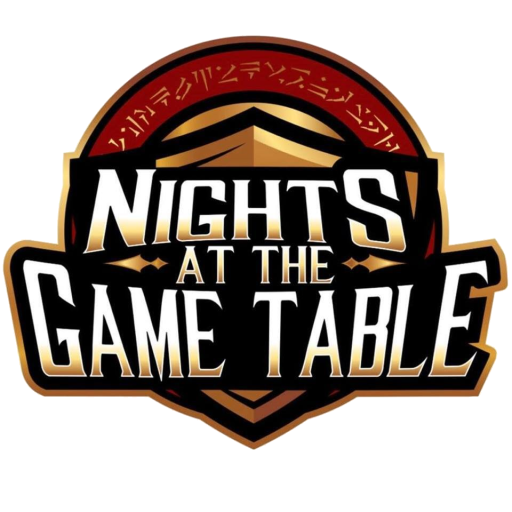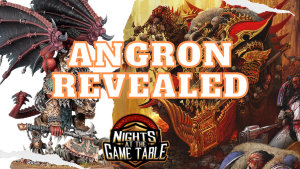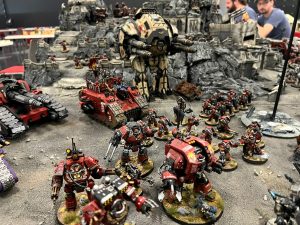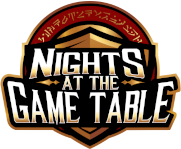In my article a couple weeks ago, I talked about how to control the area around objectives. However there is one location on the board more important to control than individual objectives – the center. In chess, the closer to the center of the board a piece is positioned, the more valuable that piece is and therefore players fight to control that space. It is exactly the same in games of 40k. Whichever army can successfully dominate the center of the board is highly favored to win the entire game. The reason for this is because of two facts. Fact number one: if you control the center, your opponent is stuck on the edges of the board. Fact number two: the objectives are usually spread evenly around the board so if you control the center, you have de facto control over almost every objective. Let’s go into each of these ideas and then talk about how you can control the center in your games of 40k.
It is incredibly hard to win while just controlling the edge of the board. You have control over one maybe two objectives at most. You have very limited area available to bring in reinforcements. You can’t attack your opponent’s backfield units due to how far away from the front lines they are while your opponent has easy access to yours. Most importantly however is the fact that you will lose the game on points due to their passive objective control if you continue to play the game safe. This forces a risky, dangerous often futile attack out of an opponent who never would have made that move if both players were even on points. So we’ve talked about why center control is such a dominant position, now lets talk about how to achieve it and how to safely maintain it.
Ever wonder why slow moving assault units are popular all of a sudden? Bullgryn, blightlord terminators, custodes, meganobz even deathwing terminators are all seeing play at the top levels of competition. A newer player looks at those units and has a hard time seeing them as an offensive unit. They are incredibly slow and will take at least three turns to get to the opponent’s deployment zone and charge if the opponent hasn’t moved by that point. That’s way too long. There are plenty of misguided articles out there about how assault is dead. Assault units are the best units to establish control over the board. The beefy assault units I mentioned earlier don’t need to get to your opponent’s army, they just have to set up shop in the center of the board. All of these units either get to or project their threat bubbles over the center turn one thereby establishing center control. The easiest way to establish center control is to have a beefy assault unit that will demolish your opponent should they try to take the center from you. However in the game of 40k, nothing is unkillable. How do you stop your opponent from disrupting your assault threat over the center of the board by targetting and killing your assault threat? That’s where screens come in.
Screens are cheap, expendable units that take up space and hold objectives. Guardsmen, grots, wracks, cultists etc. The idea is to prevent your opponent from hitting your valuable units by having cheap models stand in front of them. Your expensive units protect your screens in turn by extending their threat bubbles over them ensuring that if your opponent were to commit real units to killing screens, you would get to kill them in return. Since nobody wants to trade valuable units for cheap units, they tend to just stay back and shoot screens away. However if they stay back to do that, they aren’t challenging the center of the board. This is the dynamic you should try to set up. Set up your big assault threat in the middle of the board and set up a ring of cheap models several inches out in front of them. Your opponent will be immobilized, without an effective way to disrupt your board control. If all you do all game is replenish your screens while they stand in a corner, you will eventually win. They have to something stupid and attack into your prepared defenses in order to try to shift the game and win.
Try these ideas out in your games of 40k. Once you get them down, you’ll have a powerful tool with which to approach games on a broader level. My next board control article will be about how to use shooting units as a form of board control as well. Good luck in your games and I’ll see you next time.
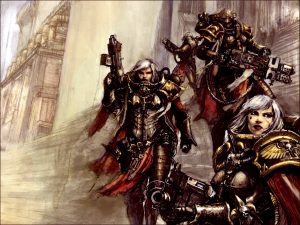
Warhammer 40k Winning Lists June 11th Edition
With summer in full swing, we see a refreshing number of tournaments kick back up globally, ranging from 3 to 7 rounds
